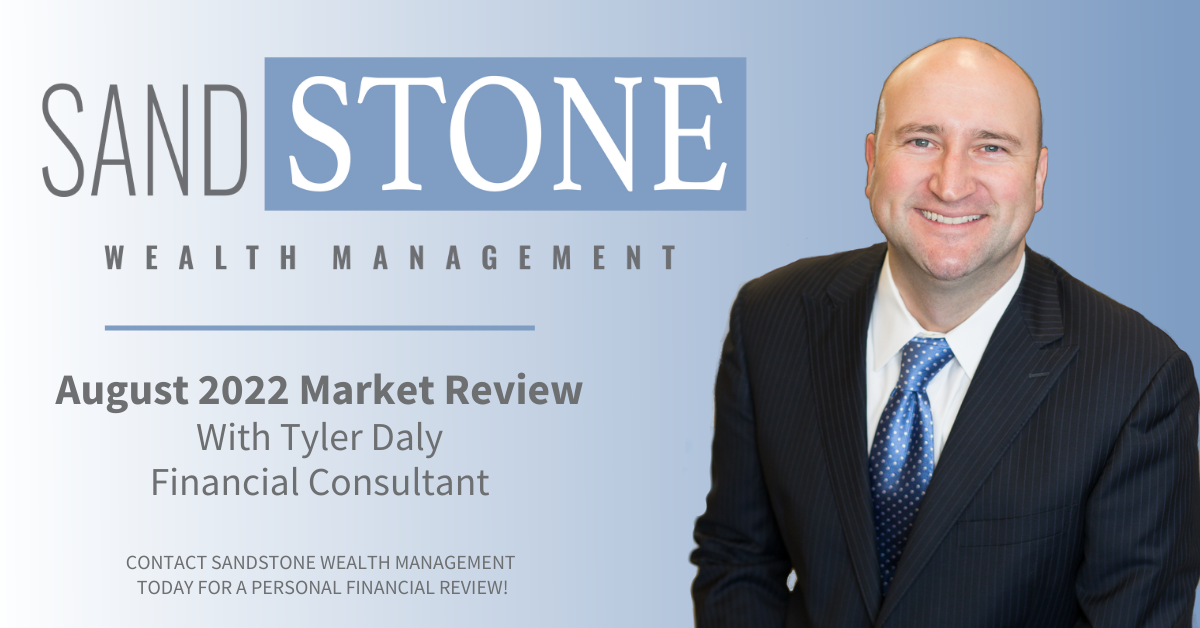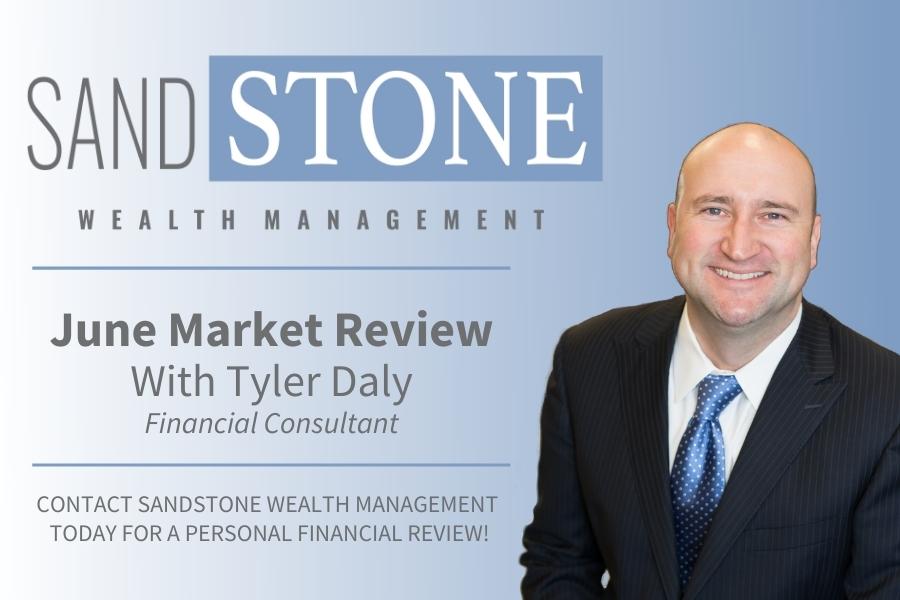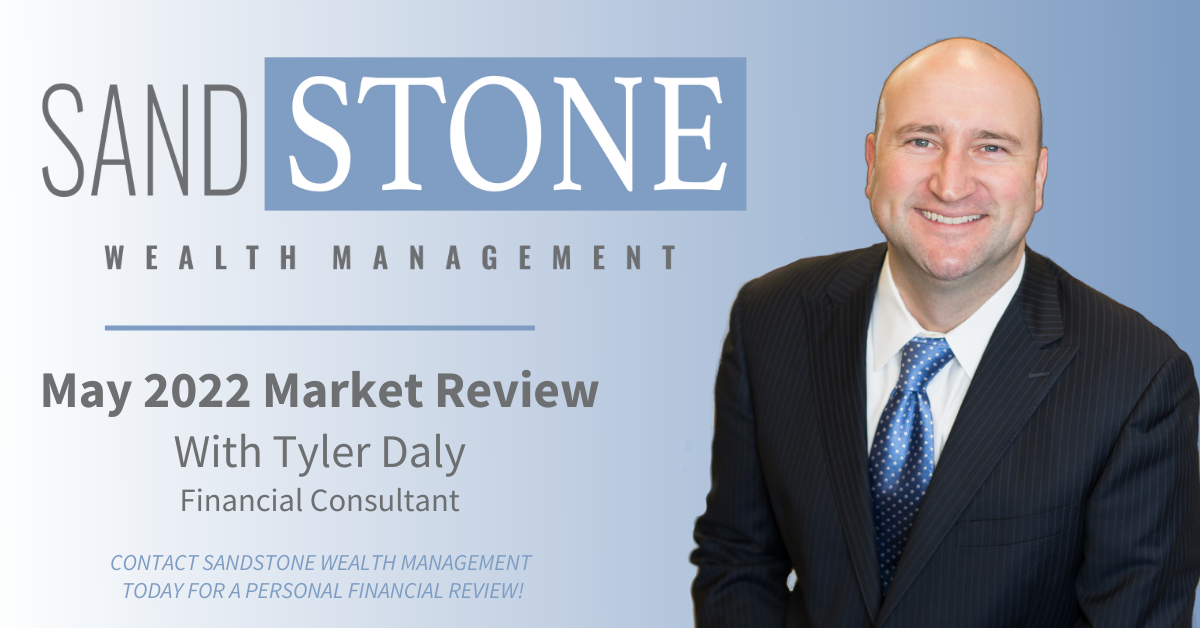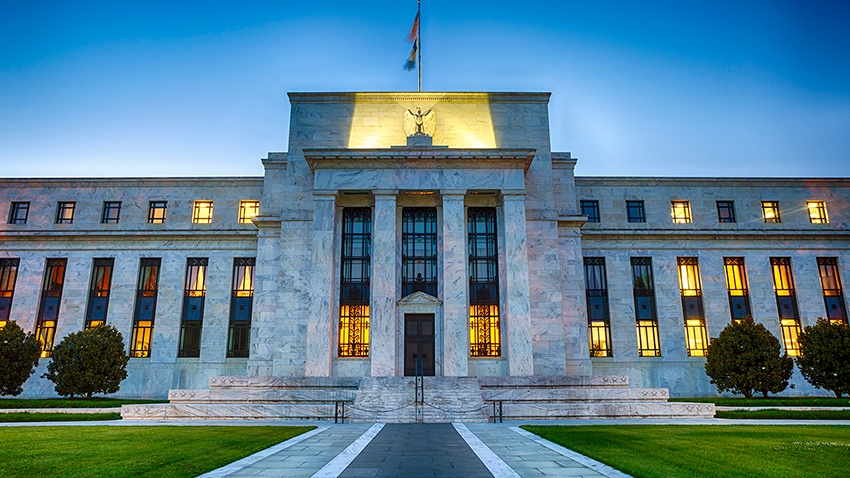
The domestic equity markets just closed a stellar first quarter, marking six consecutive quarters of gains. A quiet January was overshadowed by new highs reached in February as well as March’s steady growth for all three major U.S. stock indices. While the indices dipped slightly as March came to a close, they ultimately proved positive for the quarter but not necessarily the month. The S&P 500 was up 5.5% for the quarter and basically flat for the month, while the Dow Jones Industrial Average gained 4.6% over the past three months and dipped 0.71% for March. The NASDAQ had the biggest quarterly gain, up 9.8% and 1.5% for the month, while Russell 2000 climbed 2.12% for the quarter and was flat for the month.
Investor focus seems to be on political events both at home and in Europe, where “Brexit” proceedings have begun in earnest. The stock market has unwound part of the so-called Trump trade. The failure of the House of Representatives to repeal the Affordable Care Act has cast doubt on the ability to move other agenda items, such as broad tax reform. However, tax cuts are still possible – and the economy remains in good shape. The Federal Reserve, focused on the tightening job market, raised short-term interest rates further in mid-March – and is expected to gradually tighten again in the months ahead.
| 12/30/16 Close | 3/31/17 Close | Change | Gain/Loss | |
|---|---|---|---|---|
| DJIA | 19,762.60 | 20,663.22 | +900.62 | +4.58% |
| NADSAQ | 5,383.12 | 5,911.74 | +528.62 | +9.82% |
| S&P 500 | 2,238.83 | 2,362.72 | +123.89 | +5.53% |
| MSCI EAFE | 1,684.00 | 1,792.98 | +108.98 |
+6.47% |
| Russell 2000 | 1,357.13 | 1,385.92 | +28.79 | +2.12% |
| Bloomberg Barclays Aggregate Bond |
1,976.37 | 1,990.03 | +13.66 | +0.69% |
*Performance reflects price returns as of 4:30 EDT on Mar. 31, 2017. Barclay’s Aggregate reflects the previous day’s close.
Here’s a look at what else is going on in the economy and capital markets, as well as key factors we are keeping an eye on.
Economy
- The Federal Open Market Committee raised its target range for the federal funds rate by 25 basis points on March 15, citing realized and expected improvement in the job market. The move was broadly factored into the markets. Fed officials expect to raise rates a bit more aggressively in 2017 and should begin reducing the size of its portfolio later this year.
- Recent economic data suggests a sharp slowing in the pace of consumer spending growth in the first quarter, according to Raymond James Chief Economist Scott Brown. However, such a slowdown appears to be due to transitory restraints and is not too worrisome given the fourth quarter’s strength and the soundness of the household sector fundamentals.
- First quarter data suggests real gross domestic product growth of around 1% to 2%, Brown notes.
Equities
- For the first quarter, the estimated earnings growth rate for the S&P 500 is 9.1%, which marks the highest year-over-year earnings growth for the index since fourth quarter 2011 (11.6%).
- Oil prices have recently broken above $50, after Saudi Arabia publicly complained about the lack of cooperation from the rest of OPEC with regard to cutting production. The market has become more skeptical about an extension of the OPEC/Russia agreement, which is the main reason for the drop in prices in late March, notes Pavel Molchanov, Senior Vice President and Energy Analyst at Raymond James. However, our energy analysts continue to envision prices recovering to cyclical highs by the end of 2017.
- As for the healthcare reform debate, Scott Stolz, Senior Vice President for Raymond James Private Client Group, Investment Products, notes that as healthcare costs continue to climb, lawmakers are finding it difficult to balance the desire for those covered under the Affordable Care Act to continue their existing coverage with the unwillingness of others to continue to subsidize premium costs either as a result of paying higher than necessary premiums and/or higher taxes or penalties. He predicts similar debates with tax reform because every adjustment will lead to “winners” and “losers.”
- If it becomes obvious that tax reform is not going to happen or will be much less robust than expected, it is possible that much of the “Trump rally” could be undone as expectations shift, Stolz notes. In the long run, this likely would be a healthy adjustment for the market.
International
- China’s economic transition is expected to remain bumpy. However, the outlook for the rest of the world is brighter.
- The White House has softened its anti-trade rhetoric, reducing the risk that a misstep on trade policy will disrupt supply chains.
- Asian equity markets have enjoyed a good first quarter, and opportunities still look apparent with the Chinese National People’s Congress reiterating both continuing solid economic growth levels and ongoing internal reform, which helps to make the local economy more dynamic. Regional tensions have been focused on the Korean peninsula, with missile noises and rhetoric from the North and the removal of the president in the South after a corruption inquiry.
- The two-year window for Brexit negotiations was opened, and Chris Bailey, European Strategist, Raymond James Euro Equities*, expects the detangling to intensify a year from now. The British pound struggled again for much of March but has not reached new lows, reflecting the already negative perceptions toward both the UK currency and domestic economy.
- Evidence of economic improvement in Europe and fewer political risks now that several countries have held important elections have buoyed European markets with several trading at multi-year highs.
Fixed Income
- Despite two Fed hikes since December, the 10-year Treasury yield is only ~100 basis points from its all-time low (1.32%) set in July. Since the mid-March rate hike, yields are down across the curve, according to Ben Streed, CFA, Raymond James Strategist, Fixed Income.
- Municipal investors seem anxious about the proposed tax code changes. Since 1986 there have been three increases and five decreases. Despite all the changes, issuance has steadily increased and the ratio of municipal to Treasury bonds (an often used indicator of relative value) hasn’t been influenced, according to Raymond James Senior Fixed Income Strategist Doug Drabik. The bottom line: historical relationships suggest that changing the top federal tax rate, by itself, does not govern the (value) ratio of municipal bonds to Treasuries nor is it impactful enough to eradicate demand or issuance of municipal bonds.
- The yield curve is flattening as long-term rates remain mostly static but short-term rates are higher. Should this turn into a flat or inverted curve, history suggests we should take heed, since a similar inversion preceded the recessions experienced in 1981, 1991, 2000 and 2008.
- Demand for fixed income remains solid as evidenced by the strong pace of fund flows into bonds.
Bottom Line
- U.S. equities have enjoyed a post-election rally, but we suggest maintaining a long-term view when it comes to diversification and achieving your financial goals. This should allow you to participate in upside potential, while serving as ballast for any short-term volatility that may arise.
- We, of course, will continue to monitor political developments and economic shifts here and abroad, carefully assessing how they may affect your financial plan.
Please let me know if you have any questions about recent market events or how to position your long-term financial plan for the months ahead. I look forward to speaking with you..
Sincerely,
Tyler Daly
Financial Advisor
Raymond James Financial Services, Inc.
*Investing involves risk, and investors may incur a profit or a loss. Past performance is not an indication of future results and there is no assurance that any of the forecasts mentioned will occur. Investors cannot invest directly in an index. The Dow Jones Industrial Average is an unmanaged index of 30 widely held stocks. The NASDAQ Composite Index is an unmanaged index of all common stocks listed on the NASDAQ National Stock Market. The S&P 500 is an unmanaged index of 500 widely held stocks. The MSCI EAFE (Europe, Australia, Far East) index is an unmanaged index that is generally considered representative of the international stock market. International investing involves additional risks such as currency fluctuations, differing financial accounting standards, and possible political and economic instability. These risks are greater in emerging markets. The performance noted does not include fees or charges, which would reduce an investor's returns.
©2016 Raymond James Financial Services, Inc., member FINRA/SIPC. Securities offered through Raymond James Financial Services, Inc., member FINRA/SIPC, and are not insured by any financial institution insurance, the FDIC/NCUA or any other government agency, are not deposits or obligations of the financial institution, are not guaranteed by the financial institution, and are subject to risks, including the possible loss of principal. Raymond James is not affiliated with the financial institution or the investment center.

Tyler has been in the financial services industry since 2004 and with Sandstone Wealth Management and Heartland Bank since 2009. He is Series 7, 66 and Insurance licensed to assist his clients with all their investing, financial planning, and insurance needs. Tyler was recently named to the Forbes List of America's Top Next-Generation Wealth Advisor, which recognizes advisors from national, regional, and independent firms. Tyler graduated from the University of Nebraska-Lincoln with a Bachelor’s Degree in Diversified Agriculture and was born and raised in the Nebraska Sandhills. This gives him an intimate knowledge and understanding of his farming and ranching clients. Tyler is married to Rachel, who earned her Doctorate of Pharmacy from the University of Nebraska. They have two children, Camilla and Cooper. Away from business, he enjoys officiating high school basketball in the winter as well as golfing and team roping in the summer.


.png)

.jpg)

.jpg)

.png)



